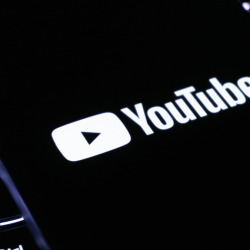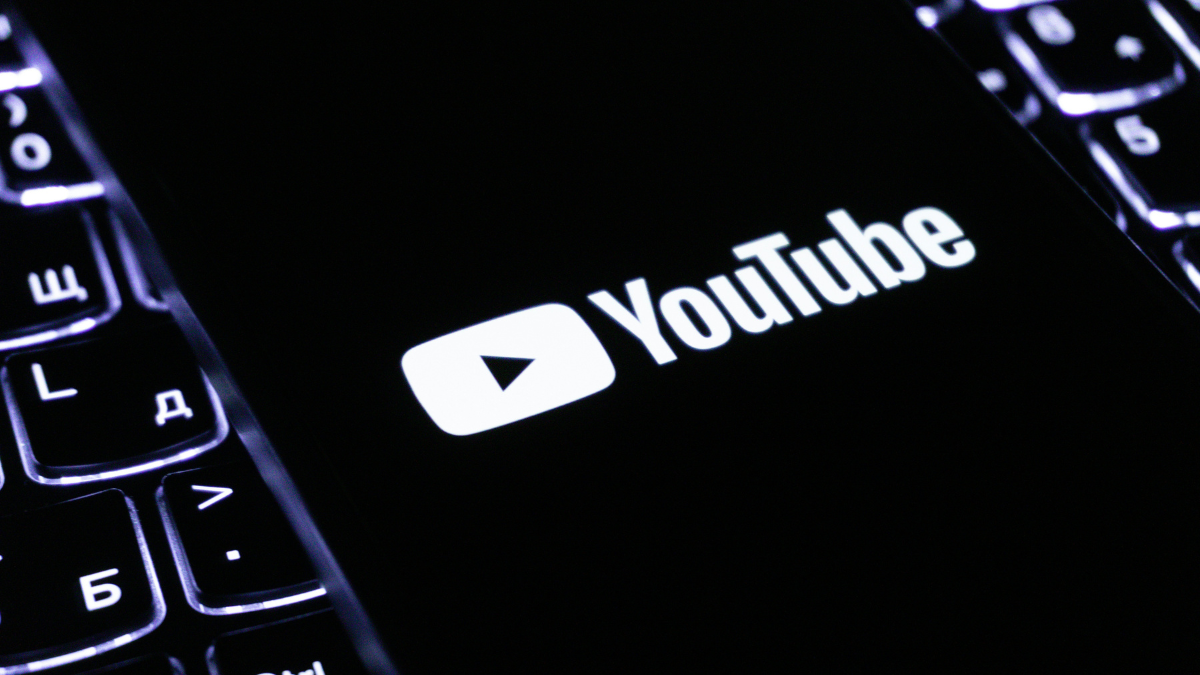When was the last time a brand reached cult status because of a paid campaign that filled up our Instagram Story timeline?
Or an Instagrammable OOH poster on an iconic building? The answer is never. Relevancy is everything, and while it seems founders and companies understand this, the approach is more often than not the opposite of what it should be. What even is a cult-status brand? In my almost decade-long deep dive into the world of communications and advertising as a strategist, I’ve found myself gravitating toward building passionate and cult-like brands. Those that participate in society through different archetypes: heroes like Nike, magicians like Coca-Cola, and creators like Apple. If any of these brands stopped ads, their revenue wouldn’t be too affected. Because they operate within culture and have reached cult status. I found these are the only brands who win long term.
Achieving cult status should be the be-all and end-all of all strategies and marketing techniques. We’ve seen it play out organically with brands like Yeti and Patagonia (read my stance on Patagonia’s strategy) — and lately, we’ve seen it with Rhode Beauty and Lululemon owning the ‘clean girl’ aesthetic. All of the above brands became viral or reached cult status, not because of a specific product or service, but how such product tapped into culture — a culture that is composed of infinite niches that span across all B2C industries. We have seen those products play out in lifestyle content, incorporating them into people’s routines. If cult status only requires a good strategist behind the brand, why are we spending millions of dollars on Meta and TV ads? Make no mistake, ads are powerful — if they weren’t, nobody would spend upwards of 20% of their annual revenue on them. However, ROI is becoming more difficult to track, and such spending harder to justify to C-suite execs. Are they even worth it?
The issue lies in how ads are often approached — and they can’t be approached as a strategy by themselves. If an agency suggests pouring ten thousand dollars into Meta ads as the first part of a communications plan: run. Founders in the early stages of their brand might make this mistake and drain the little liquid investment they have, to then see no results.
Paid ads aren’t a strategy, they are a tool
They should be used as a way to amplify the message through relevant channels, and they should only be talked about once a rock-solid strategic messaging, single-minded proposition or insight have been established as a trojan horse entering the industry, ready to blast and turn heads. Starting out a comms plan thinking about Instagram ads and advertorials is a major sign things will most likely not turn out as expected, and time should be invested into a fail-proof brand strategy and consequent communications plan instead. Thousands of reports have been warning about this massive shift in communications. The 2020s have forever changed the advertising climate. In order to tap into zoned out audiences that are being exposed to daily terabytes of data, brands need to not only tap into culture but create it. And that requires a new brand management approach — from strategy to communications to digital environments. This approach involves understanding that audiences are no longer segmented by age and income. They are segmented by algorithms, niches, and micro-trends.
Agencies, creatives, and strategies should be spending several hours a day just inserting themselves into culture (whether that is an event, TikTok, or even Reddit) to make sure their cultural research is spot on and ready to support a culturally aware brand strategy. Brands need to participate in culture, speak to real humans, and find niches and communities that can connect emotionally with their product — only when they engage with them and analyse their behaviour, will they be able to create a message that evokes emotion and, consequently, a cult following.
Featured image: AI-generated image by CASANEGRA

















